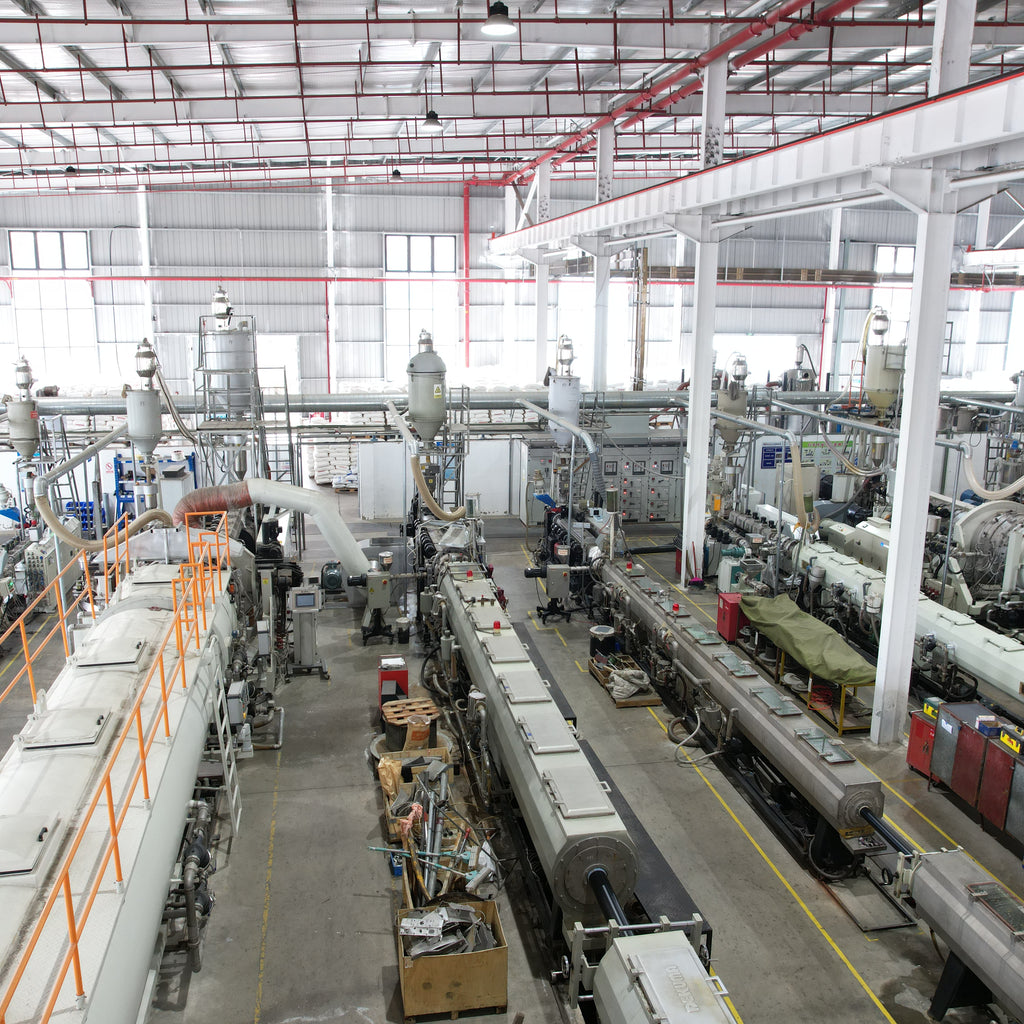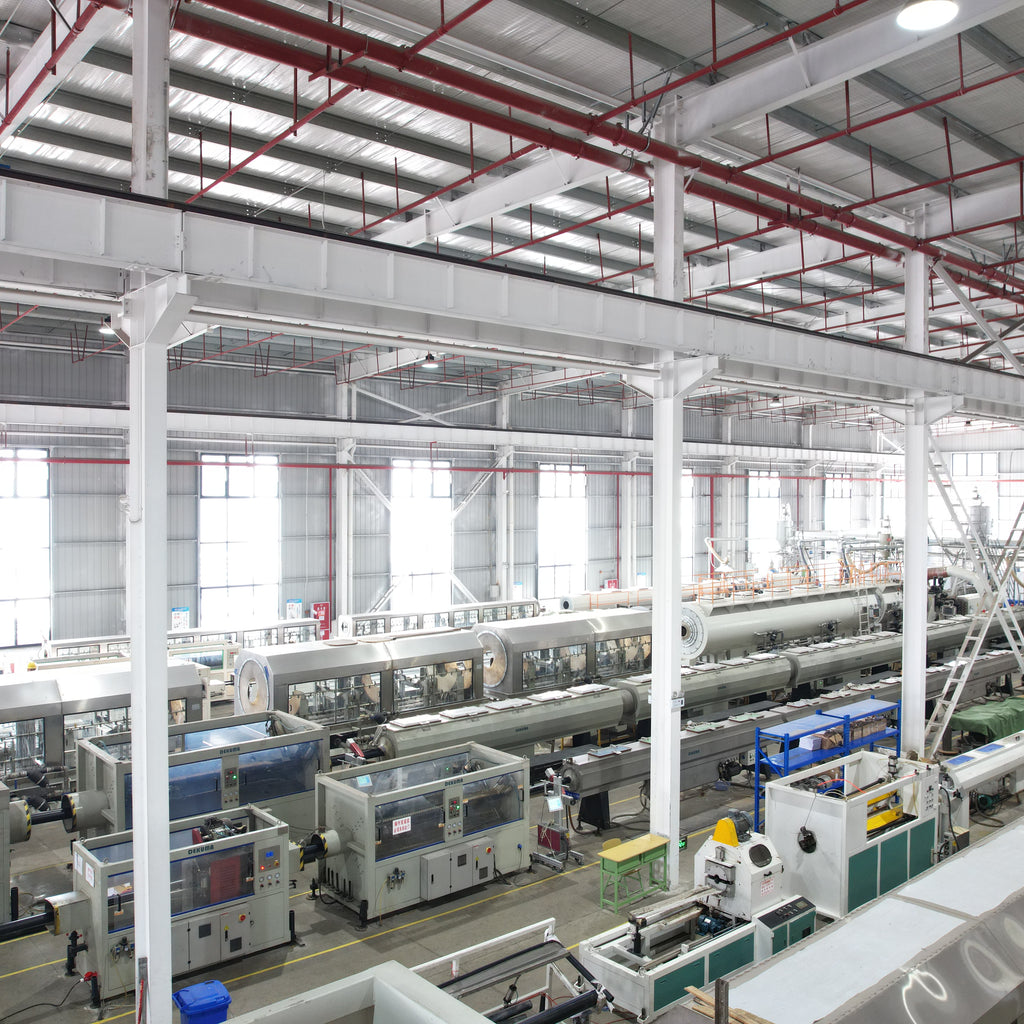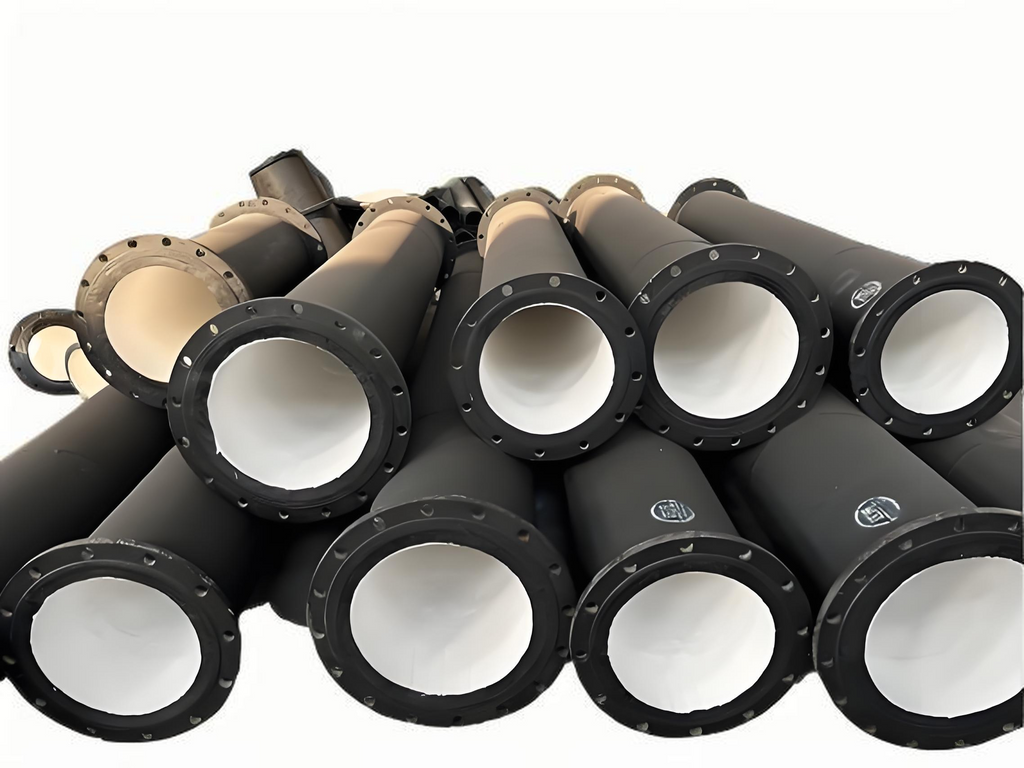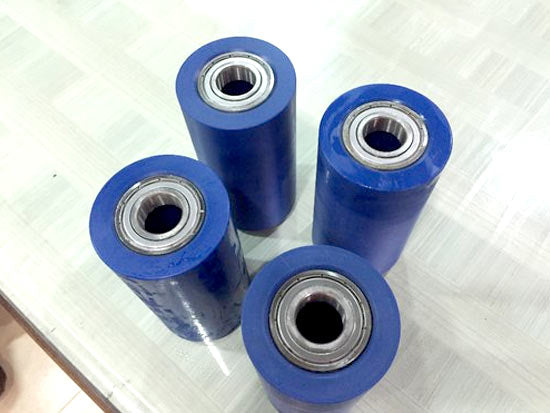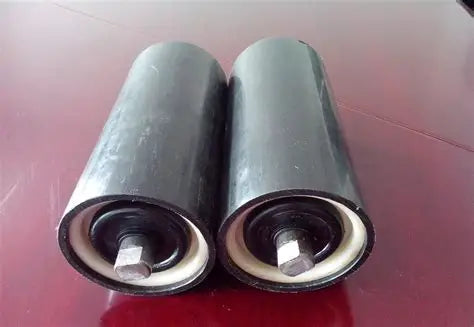-
Ultra-High Molecular Weight Polyethylene (UHMWPE) Pipes: Technical Advantages and Industrial Applications
Ultra-High Molecular Weight Polyethylene (UHMWPE) Pipes: Technical Advantages and Industrial Applications 1. Introduction Ultra-High Molecular Weight Polyethylene (UHMWPE) pipes, defined by a molecular weight exceeding 1.7 million g/mol, have emerged as a revolutionary solution in fluid and solid conveying systems. Leveraging a saturated molecular structure and entangled long polymer chains, these pipes outperform traditional steel, PVC, and even high-density polyethylene (HDPE) alternatives across critical performance metrics. As a national key promoted high-tech product in China , UHMWPE pipes are transforming industries ranging from mining to chemical processing. This article dissects their material science, technical advantages, application... -
UHMWPE Rollers: Advanced Manufacturing, Smart Capabilities, and Industrial Applications in 2025
UHMWPE Rollers: Advanced Manufacturing, Smart Capabilities, and Industrial Applications in 2025 1. Introduction Ultra-High Molecular Weight Polyethylene (UHMWPE) rollers—defined by molecular weights exceeding 3 million g/mol—have evolved from specialized components to mainstream solutions in material handling. Driven by 2025 manufacturing breakthroughs like custom molding and smart sensor integration, these rollers now outperform steel, ceramic, and HDPE alternatives across key metrics. This article integrates the latest technical data, Industry 4.0 innovations, and cross-industry case studies to dissect their performance advantages, design advancements, and application expansion. 2. Material Performance: Redefining Industry Benchmarks 2.1 Core Properties vs. Traditional Materials... -
UHMWPE Rollers: Technical Advantages, Manufacturing Standards, and Industrial Applications
UHMWPE Rollers: Technical Advantages, Manufacturing Standards, and Industrial Applications 1. Introduction Ultra-High Molecular Weight Polyethylene (UHMWPE) rollers have redefined material handling efficiency, leveraging a molecular weight exceeding 3 million g/mol to outperform traditional steel, ceramic, and even HDPE alternatives. Compliant with ISO 9001, CEMA, and ASTM standards , these rollers integrate advanced material science with precision engineering to deliver durability and sustainability across industries. This article dissects their material properties, manufacturing innovations, and real-world applications, supported by comparative performance data. 2. Material Science: UHMWPE vs. Alternatives 2.1 Core Performance Metrics UHMWPE’s unique molecular structure grants it...


